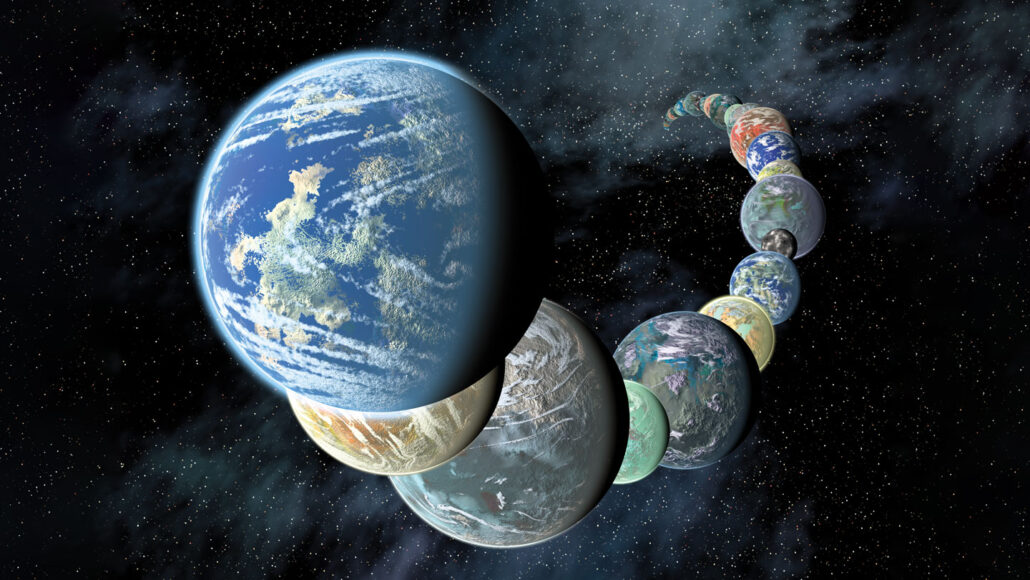Questions for ‘Here are 5 exoplanet mysteries the James Webb telescope could help solve’

This telescope could reveal much about the formation, makeup and evolution of alien worlds.
JPL-Caltech/NASA, R. Hurt/SSC-Caltech
To accompany ‘Here are 5 exoplanet mysteries the James Webb telescope could help solve‘
SCIENCE
Before Reading:
- Think about our own solar system. What types of planets do we have? Describe what you know about such things as the planets’ sizes, what their surfaces look like and how far they are from the sun.
- Now imagine a solar system around a different star. What types of planets can you imagine finding there? Do you think they would be similar to those in our solar system? Or can you imagine very different types of planets surrounding those other stars? What might those other types of planets be like?
During Reading:
- What three types of data do scientists typically have on the exoplanets they study?
- What new types of exoplanet observations is JWST able to make?
- What is the “cosmic shoreline”? What types of planets lie on either side of this “line”?
- What is the first rocky exoplanet known to have an atmosphere? What is that atmosphere like?
- Why does it seem unlikely to find planets with atmospheres around M-dwarf stars?
- Why would finding signs of granite on an exoplanet be especially exciting?
- List two other types of rock that might be found on exoplanets. What would finding those types of rock imply about the worlds they’re on?
- What is a lava world? What could this type of world tell scientists about planetary interiors?
- What is a sub-Neptune? What are two types of planetary structures that might fit planets of this size?
- If scientists figure out what type of planet sub-Neptunes are, what other exoplanet mystery could that help solve?
- Ravit Helled lists three outstanding questions about gas giants. What are they?
- How do scientists figure out how far away a planet was from its star when it formed?
After Reading:
- Of the five exoplanet mysteries discussed in this story, which one(s) intrigues you the most? Which one(s) seem most important for scientists to solve? Explain your reasoning.
- One reason scientists study exoplanets is to find out whether any other worlds in the universe might be habitable — or inhabited. For the best chance of finding alien life similar to Earth life, researchers typically look for Earthlike planets. But as this story demonstrates, there are many planets out there that are nothing like Earth. Pick one of those types of planet and describe how alien life would have to be different from Earth life to survive on a world like that.